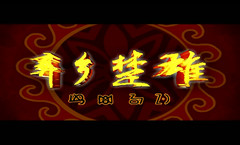Yunnan Chuxiong: Traditional Yi embroidery shines
By Li Yingqing,Liu Wenwen and Ge Jieru ( chinadaily.com.cn )
Updated: 2015-01-13
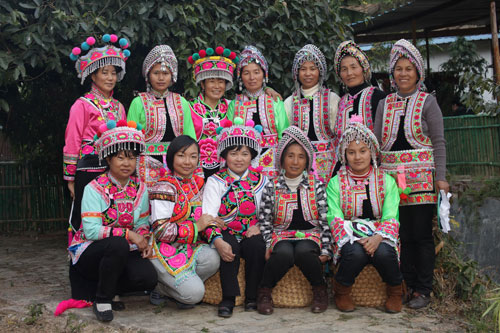 |
|
Fan Zhiyong (front row, second from the left) and female needle workers [Photo provided to Chinadaily.com.cn] |
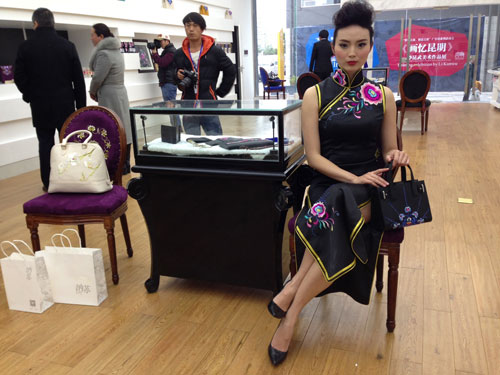 |
| A model shows off a handbag by Nasoo [Photo/Chinadaily.com.cn] |
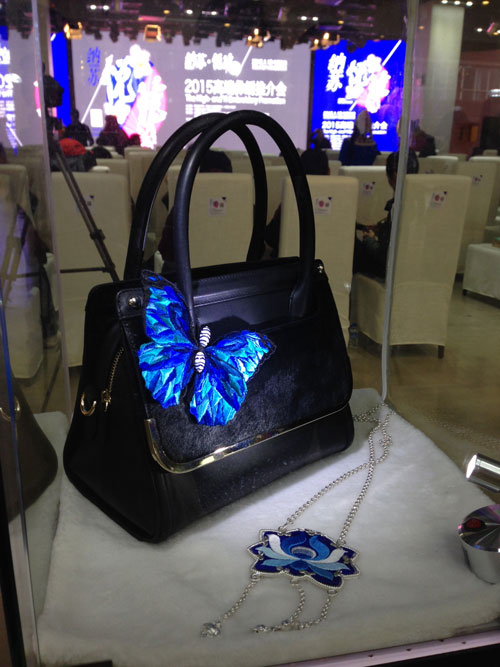 |
| A handbag from Nasoo's new product demonstration [Photo/Chinadaily.com.cn] |
 |
| A tote bag from Nasoo [Photo provided to Chinadaily.com.cn] |
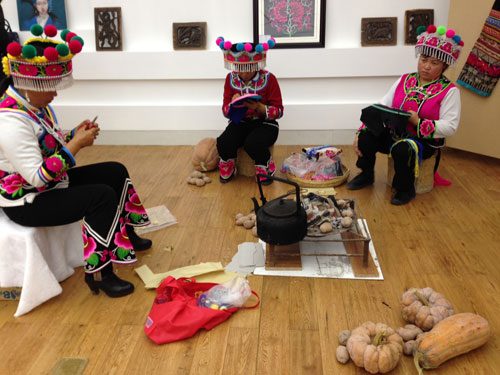 |
| Female needle workers demonstrate their embroidery skills [Photo/Chinadaily.com.cn] |
The 2015 Nasoo Embroidery Promotion Event, organized by Chuxiong's cultural industry office, opened in Kunming National Industrial Park on Jan 10, Chinadaily.com.cn reported.
According to Chen Xuekun, director of the advertising department in Yunnan's Industrial and Commercial Bureau, ethnic elements have become more and more popular recently. In addition, ethnic elements have been becoming an important symbol in the world of fashion. The ethnic culture from Yunnan is famous around the world. However, ethnic culture brands from Yunnan are rarely known by the people. Currently, the ethnic culture enterprises in Yunnan urgently need to open up the international markets.
Chuxiong's Yi embroidery was listed in the first batch of intangible cultural heritages. It is also a shining point of Yunnan's culture industry.
"Yi embroidery is different from the other embroideries. It employs bold color schemes and rich colors. At present, there are more than 330 Yi embroidery enterprises with an output value of nearly 100 million yuan ($16.11 million)," said Zhou Bing, vice-director of Chuxiong's culture industry office.
Fan Zhiyong, brander founder of Nasoo, believes that beautiful embroideries should not only appear at museums and festivals. "I hope that I can give life to embroideries," said Fan.
Nasoo has employed a special management model that includes female needle workers, an embroidery base and the enterprise. Nasoo aims to find a colorful cultural symbol and encourage women to participate in production and processing work.
Edited by Michael Thai

